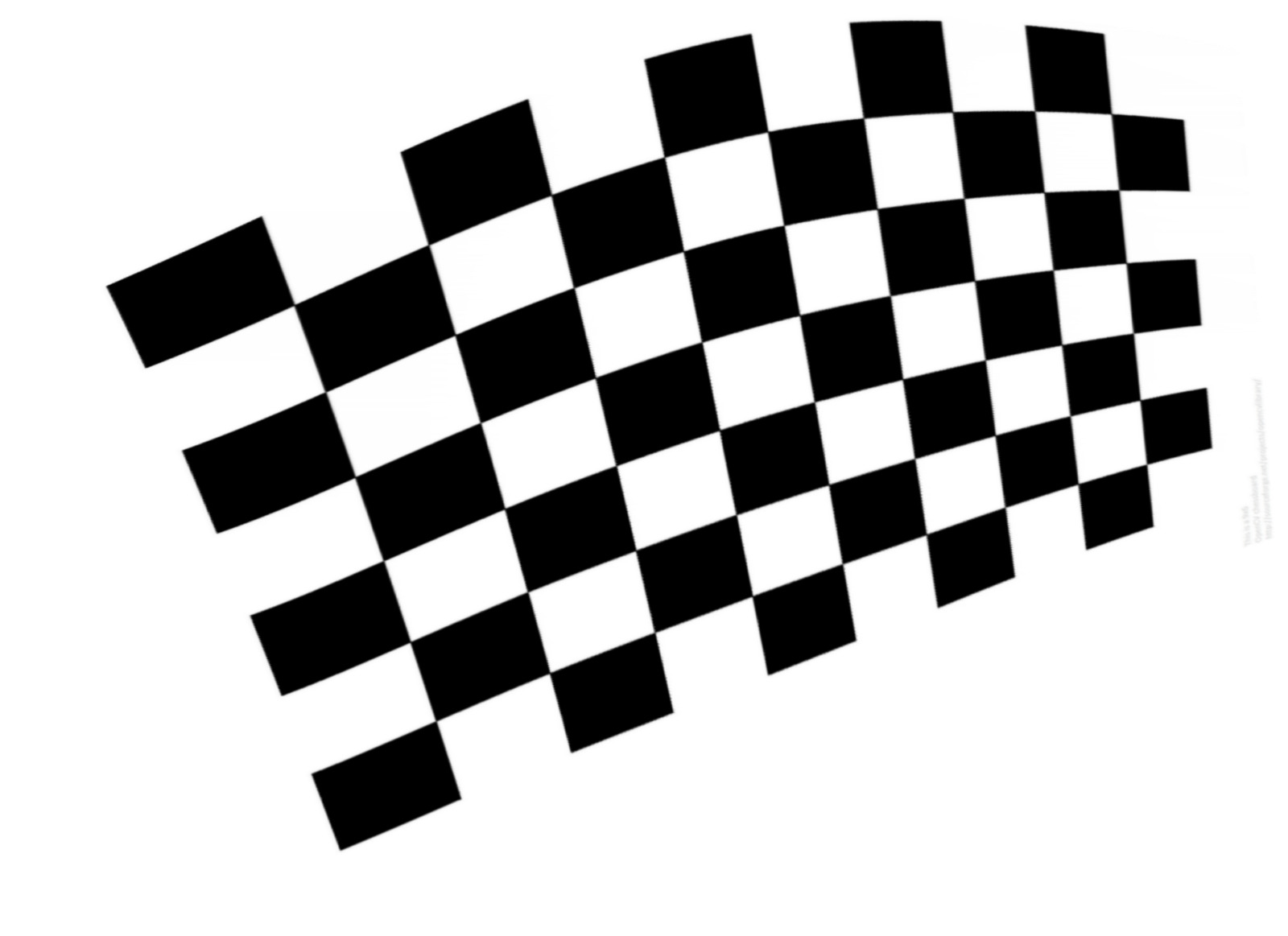
This gives us two advantages: first, the code is as fast as the original CC code (since it is the actual C code working in background) and second, it easier to code in Python than CC. That said, Python can be easily extended with CC, which allows us to write computationally intensive code in CC and create Python wrappers that can be used as Python modules. It enables the programmer to express ideas in fewer lines of code without reducing readability. Chessboard Open Cv Python Tutorial Software OpenCV TeamĬhessboard Open Cv Python Tutorial Software OpenCV Team.Generated on Thu 23:25:45 for OpenCV by 1.8. If you want to create a ChArUco board read tutorial Detection of ChArUco Corners in opencv_contrib tutorial. If you want to change page size use -w and -h options


If you want to change unit use -u option (mm inches, px, m) Now, if you want to create your own pattern, you will need python to use Ĭreate a checkerboard pattern in file chessboard.svg with 9 rows, 6 columns and a square size of 20mm: python gen_pattern.py -o chessboard.svg -rows 9 -columns 6 -type checkerboard -square_size 20Ĭreate a circle board pattern in file circleboard.svg with 7 rows, 5 columns and a radius of 15mm: python gen_pattern.py -o circleboard.svg -rows 7 -columns 5 -type circles -square_size 15Ĭreate a circle board pattern in file acircleboard.svg with 7 rows, 5 columns and a square size of 10mm and less spacing between circle: python gen_pattern.py -o acircleboard.svg -rows 7 -columns 5 -type acircles -square_size 10 -radius_rate 2Ĭreate a radon checkerboard for findChessboardCornersSB() with markers in (7 4), (7 5), (8 5) cells: python gen_pattern.py -o radon_checkerboard.svg -rows 10 -columns 15 -type radon_checkerboard -s 12.1 -m 7 4 7 5 8 5 You can find a circleboard pattern in Create your own pattern The goal of this tutorial is to learn how to create calibration pattern. Next Tutorial: Camera calibration with square chessboard


 0 kommentar(er)
0 kommentar(er)
